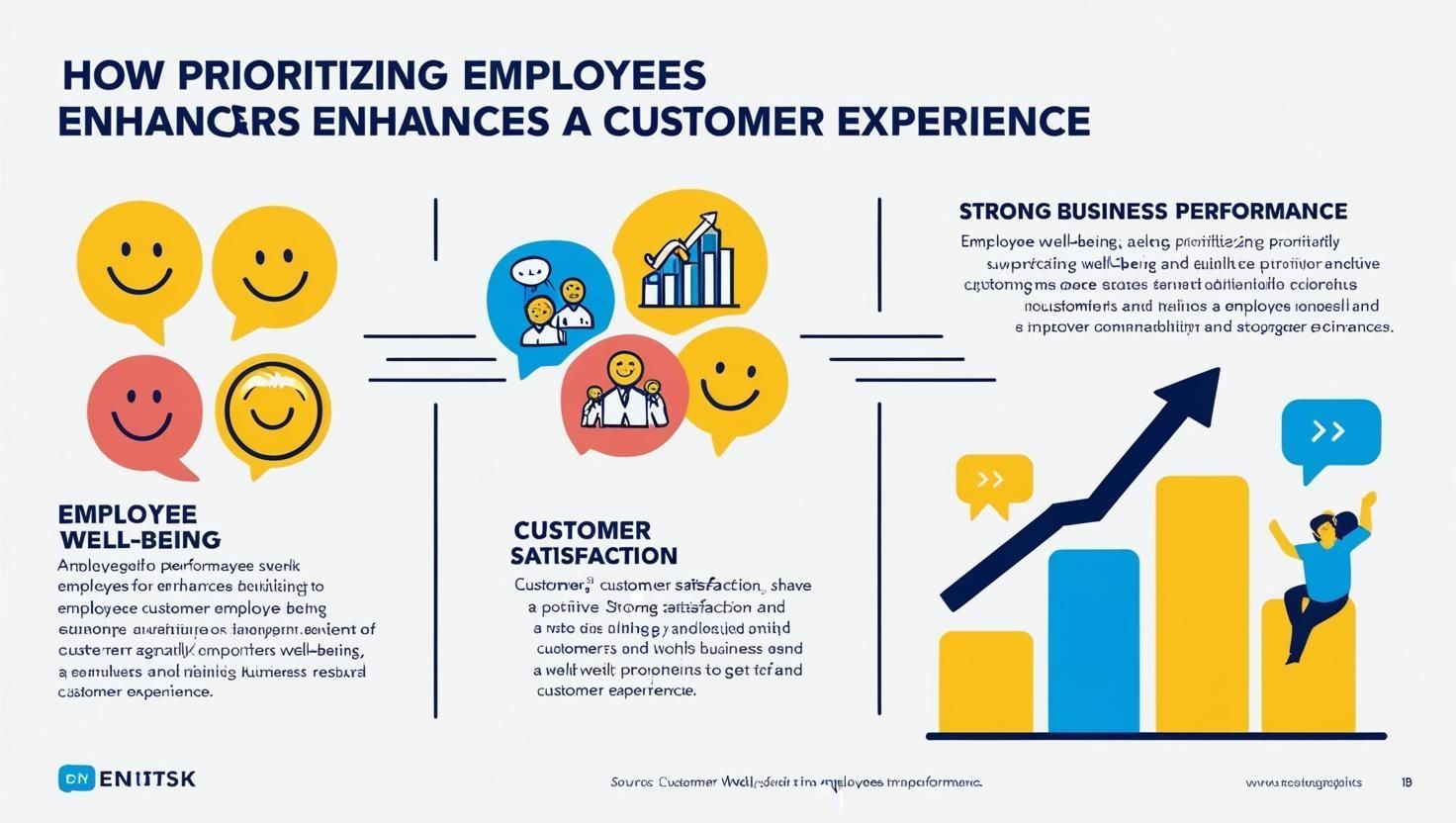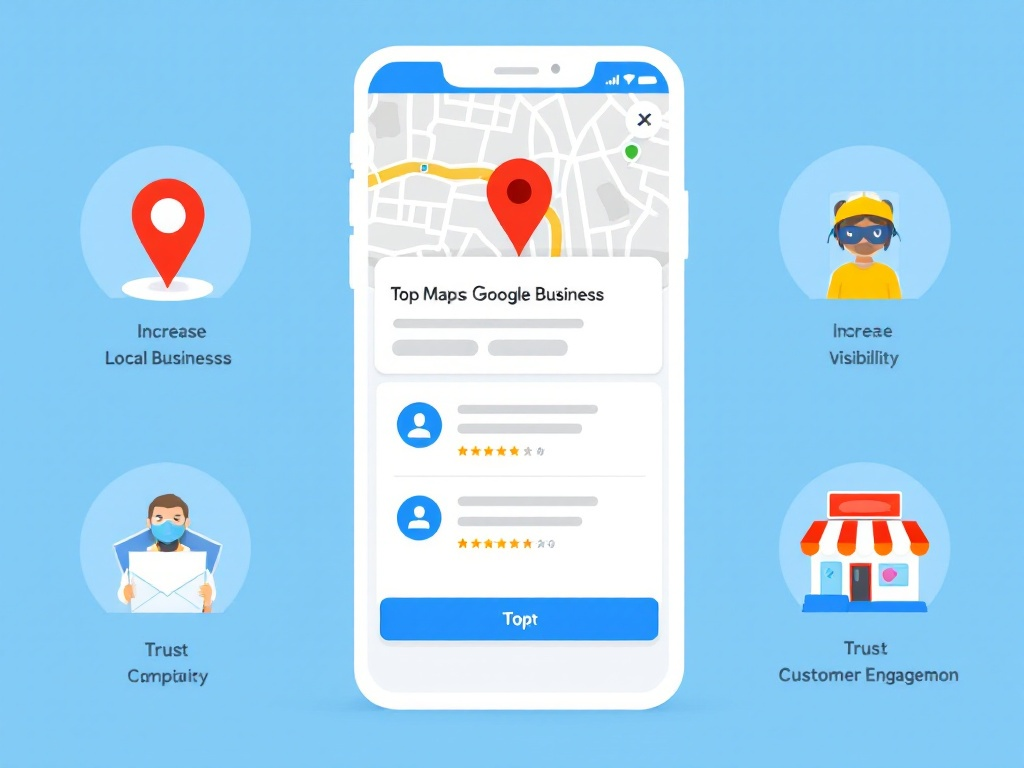How a Limited Workforce is Transforming Employee Treatment
In recent years, businesses across various industries have faced a significant challenge: a limited workforce. This scarcity of talent has prompted companies to reevaluate and transform their approach to employee treatment. As organizations strive to attract and retain top talent, they are implementing innovative strategies to enhance the employee experience, focusing on well-being, development, and engagement. This article explores how the limited workforce is reshaping employer-employee dynamics and driving positive changes in workplace culture.
Enhanced Compensation and Benefits
With a smaller pool of qualified candidates, businesses are offering more competitive compensation packages to attract and retain employees. This includes not only higher salaries but also comprehensive benefits such as health insurance, retirement plans, and performance bonuses. Companies are recognizing that investing in their workforce is crucial to maintaining a competitive edge in the market.
Flexible Work Arrangements
The demand for flexible work arrangements has grown significantly, and businesses are responding by offering remote work options, flexible hours, and hybrid models. These arrangements cater to employees' desire for work-life balance and have become a key factor in attracting talent. By providing flexibility, companies can tap into a broader talent pool, including individuals who may not be able to commit to traditional office hours.
Focus on Employee Well-being
Employee well-being has become a top priority as businesses recognize the importance of supporting their workforce's mental, emotional, and physical health. Companies are implementing wellness programs, offering mental health resources, and promoting a healthy work-life balance. By fostering a supportive environment, businesses can enhance employee satisfaction and productivity.
Investment in Professional Development
To address skill gaps and prepare for future challenges, businesses are investing in professional development opportunities for their employees. This includes training programs, workshops, and access to online courses. By supporting continuous learning, companies not only enhance their workforce skills but also demonstrate a commitment to employee growth and career advancement.
Diversity and Inclusion Initiatives
A limited workforce has prompted businesses to prioritize diversity and inclusion efforts. Companies are actively seeking to create inclusive environments that attract a diverse range of talent. This includes implementing policies that promote equality, offering diversity training, and fostering a culture of belonging. By embracing diversity, businesses can benefit from varied perspectives and drive innovation.
Recognition and Reward Programs
To boost morale and retain top talent, businesses are implementing recognition and reward programs that celebrate employee achievements. These programs can include employee of the month awards, peer recognition systems, and performance-based incentives. By acknowledging and rewarding hard work, companies can foster a positive and motivated workforce.
Improved Communication and Feedback
Open and transparent communication has become essential in maintaining employee engagement and satisfaction. Businesses are implementing regular feedback mechanisms, such as surveys and one-on-one meetings, to understand employee needs and address concerns. By fostering a culture of open dialogue, companies can build trust and strengthen the employer-employee relationship.
Conclusion
The limited workforce is driving businesses to rethink and enhance their approach to employee treatment. By focusing on competitive compensation, flexible work arrangements, well-being, professional development, diversity, recognition, and communication, companies are creating more attractive and supportive work environments. As the talent landscape continues to evolve, these changes are likely to become the standard, shaping the future of work and redefining the employer-employee relationship. Businesses that adapt to these shifts will be better positioned to thrive in a competitive market, ensuring long-term success and sustainability.









